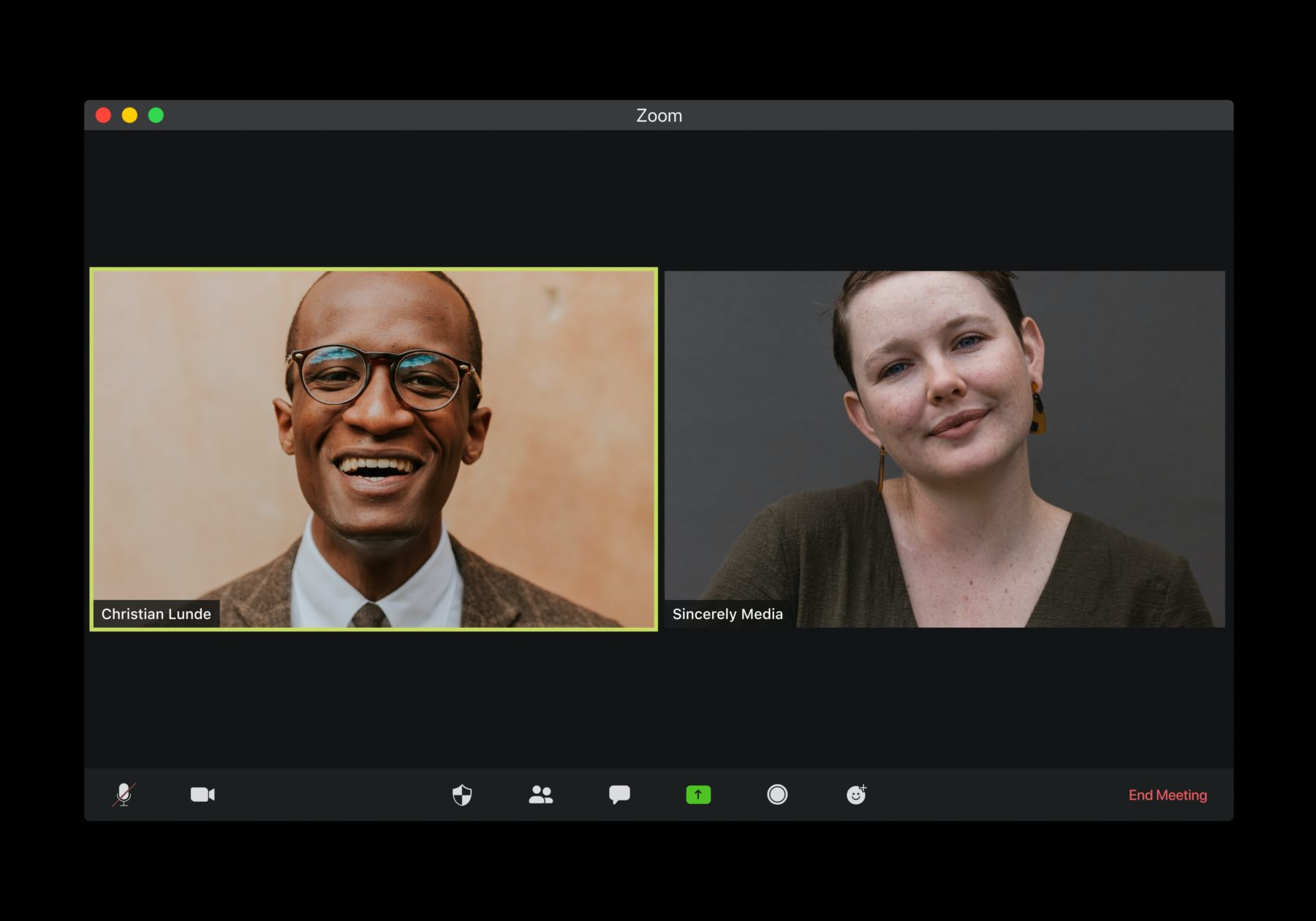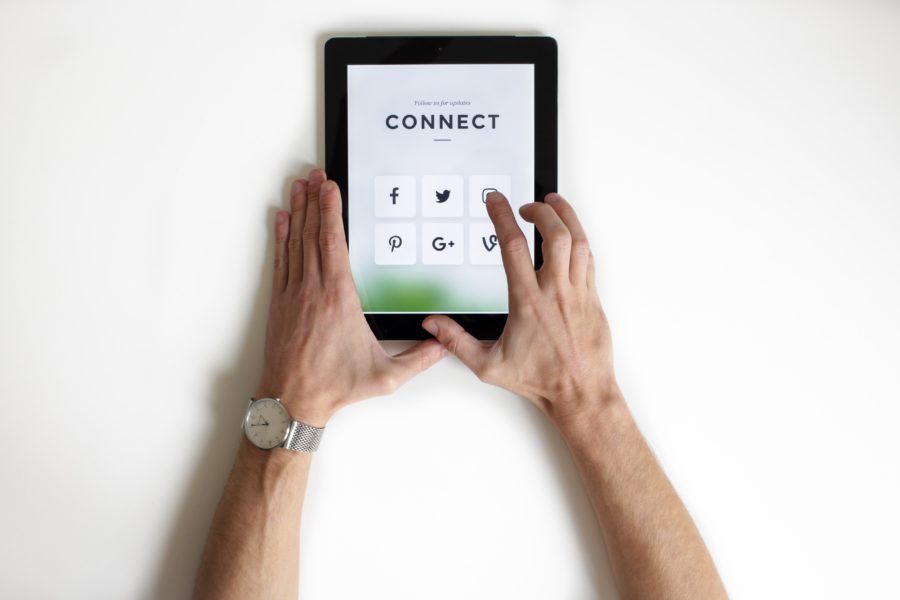As the global health crisis continues to put a strain on people’s everyday lives, Australia’s ageing migrant community have turned to digital means to stay in touch.
The COVID-19 pandemic has had unprecedented and diverse impacts on individual lives, communities, and countries across the world. It has constrained people’s movements and interactions due to travel restrictions, border closures, and lockdowns.
These restrictions have been implemented to stop the spread of the coronavirus and ascertain people’s safety.
As the global health crisis continues to put a strain on people’s everyday lives, social interactions have been amplified through digital connectivity.
I have been conducting a study on how elderly people from Culturally and Linguistically Diverse (CALD) backgrounds use mobile communication technologies to navigate the mobility constraints enabled by the pandemic.
This cohort of people is constitutive of Australian society. According to Australian Bureau of Statistics, 1.38 million of the 3.67 million people aged 65 years and over living in Australia in 2019 were born overseas.
The study involved remote interviews among elderly CALD people from August to October. I spoke to elderly people born in Hong Kong, Taiwan, the Philippines, Indonesia, Macedonia, Sri Lanka, Syria, and India.
At the time of the interviews, the majority of the participants lived with their family members. Nonetheless, they shared their experiences of using a smartphone, social media, and other online channels to cope with restrained movements during the pandemic.
An ecology of digital media channels
The interviews revealed that these individuals had already been engaging in various digital practices to forge and sustain relationships even before the onset of the COVID-19 pandemic.
All participants owned a smartphone and had access to a fixed broadband connectivity. Some owned a tablet computer, which was mostly given as a gift by a family member.
The majority of participants were using Facebook and messaging applications prior to the advent of the pandemic.
Facebook served as a tool ageing migrants used to access homeland news information, stay updated with the lives of their children and grandchildren, and exchange information with social networks.
Messaging applications provided an intimate space for exchanging random messages in a family group chat or sharing and receiving information among friends.
For the ageing migrants, digital connectivity has allowed them to remain connected to their family members, friends and community-based networks both within and outside of Australia.
However, when the pandemic and lockdowns happened, online interactions became more frequent as a way to manage anxiety and loneliness.
Facebook and messaging applications were utilised to express and receive care in the form of personalised messages, religious quotes, funny memes, and so forth.
Further, a videoconferencing tool was used widely and heavily. When the lockdown was imposed, elderly CALD people used Zoom to stay connected with their family members and friends.
Notably, they learned to use the videoconferencing tool through assistance from their family and close contacts. The zoom link was often passed around via email and messaging applications.

Sharing lives online
Digital communication technology has allowed for the re-staging of family and community rituals, which have been crucial in mobilising intimate relations, expressions of care, and a sense of belonging.
For ageing migrants, communicating online was ‘therapeutic’, enabling feelings of joy and a peace of mind.
A wide range of ritualistic activities were performed online. On Zoom, elderly CALD people participated in Zumba classes, line dance sessions, breathing exercises, and group prayers.
It was also utilised for family zoom parties as well as a place to share helpful advice on staying safe and healthy.
Meanwhile, CALD seniors interacted with their friends in a group chat by exchanging mundane, religious and even family-related stories.
In a family group chat, some participants also mentioned that they felt very happy to receive short videos and photos of their grandchildren, who they miss terribly because of the lockdown.
Nevertheless, these digital practices have been fundamental in providing much-need connection and facilitating emotional support during uncertain times.
Disruptions in keeping in touch
Utilising digital communication technologies came with a spectrum of challenges. Some of the participants expressed their frustration with slow internet while they were videoconferencing with their family and friends.
Gaps in knowledge or difficulties engaging in videoconferencing also left some participants feeling frustrated and often opting to withdraw from online interactions.
In some cases, participants struggled to manage tech issues because they had to endure long waiting times for phone call assistance from a tech store.
Moreover, several of the participants expressed their concerns over internet cost, as most of them are non-working or retired.
The participants expressed their ambivalence towards using digital communication technologies and staying connected with their support networks.
On the one hand, they appreciated how mobile communication allowed them to remain involved in the everyday lives of their family members and social networks during the lockdowns.
On the other hand, they also missed the physical contact that was impossible despite the frequent exchanges of messages, videoconferencing, and phone calls.
As such, these participants looked forward to being able to visit or being visited by their family members, participating in community and cultural events, and also travelling overseas to connect with their other kin and friends.
Ensuring no one is left behind in a digital era
A mobile device has proven its significant role as a ‘lifeline’ among elderly CALD people during turbulent times. It has provided an alternative space to forge and sustain connections during a lockdown.
However, maintaining connections has also been challenging as a result of various barriers in communication. This point highlights how moving interactions into digital spaces to manage the impacts of the COVID-19 pandemic exposes digital inequalities.
As such, there is a need to further re-think and revisit interventions to address digital inclusion in an ageing multicultural Australian society.
Dr Earvin Charles Cabalquinto is a Lecturer in Communication in the School of Communication and Creative Arts (SCCA) at Deakin University. He is also a member of the Alfred Deakin Institute of Citizenship and Globalisation.
He is particularly interested in critically examining the opportunities and challenges of digital media use among migrants and their distant support networks.
The article is part of the project ‘Digital connectivity in turbulent times: The case of elderly Culturally and Linguistically Diverse (CALD) people in Melbourne, Australia’, which is funded through ADI’s 2020 Pilot Research Grant.



